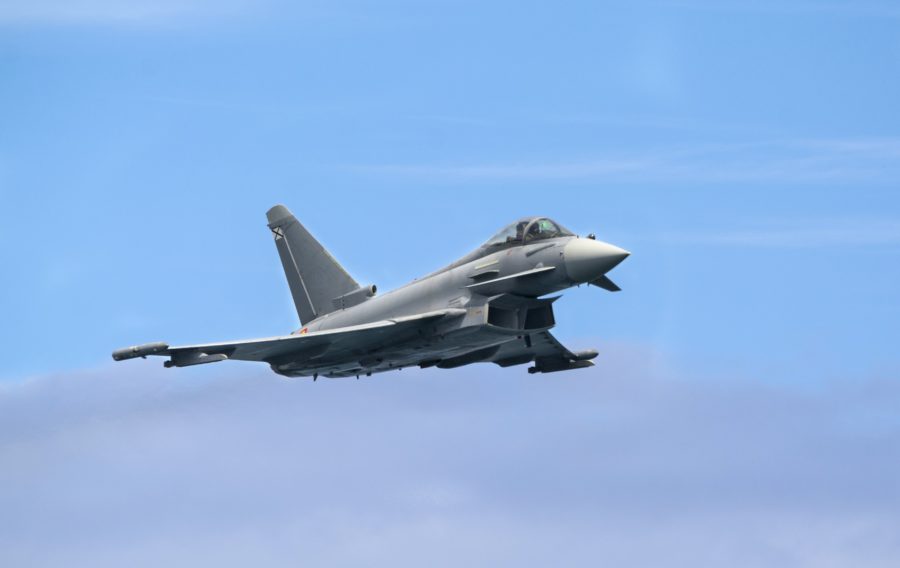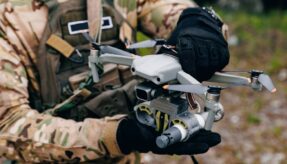
A new missile decoy designed to protect Typhoon jets from missiles is being trialled by the RAF.
Defence Minister Stuart Andrew announced the beginning of a series of capability tests of BriteCloud, a drinks-can sized missile decoy to protect combat jets from the latest radar-guided missiles. BriteCloud by Leonardo uses radar emissions to disrupt the targeting system within air-to-air and surface-to-air missiles, drawing them away to a safe distance.
The device can be fired from an aircraft flare dispenser without the need for modification to the aircraft. Should the trials be successful, the devices will be available for frontline aircrews by the end of 2019.
Defence Minister Stuart Andrew said: “Britecloud offers the RAF a powerful and cost-effective way to keep our pilots safer than ever on the frontline.”
“These trials show UK industry is once again at the heart of defence innovation, providing our Armed Forces with state-of-the-art capabilities and creating high-tech jobs across the country.”
The first Britecloud trial with Typhoon aircraft took place in the UK in April. Thirty-three BriteCloud 55 rounds were dispensed from aircraft flown by the RAF’s 41 Test and Evaluation Squadron against a range of threats designed to mirror those faced on the battlefield.
Further trials are planned to ensure the decoy launches safely from the aircraft and to develop a range of operational uses for the technology on the battlefield, including adding the devices to military helicopters and C-130 Hercules aircraft. The Typhoon trials will also inform how such decoys could be used on the RAF’s Lightning stealth jets.
If you would like to join our community and read more articles like this then please click here.
Hercules Innovation Leonardo missile missile defence RAF Typhoon Fighters








